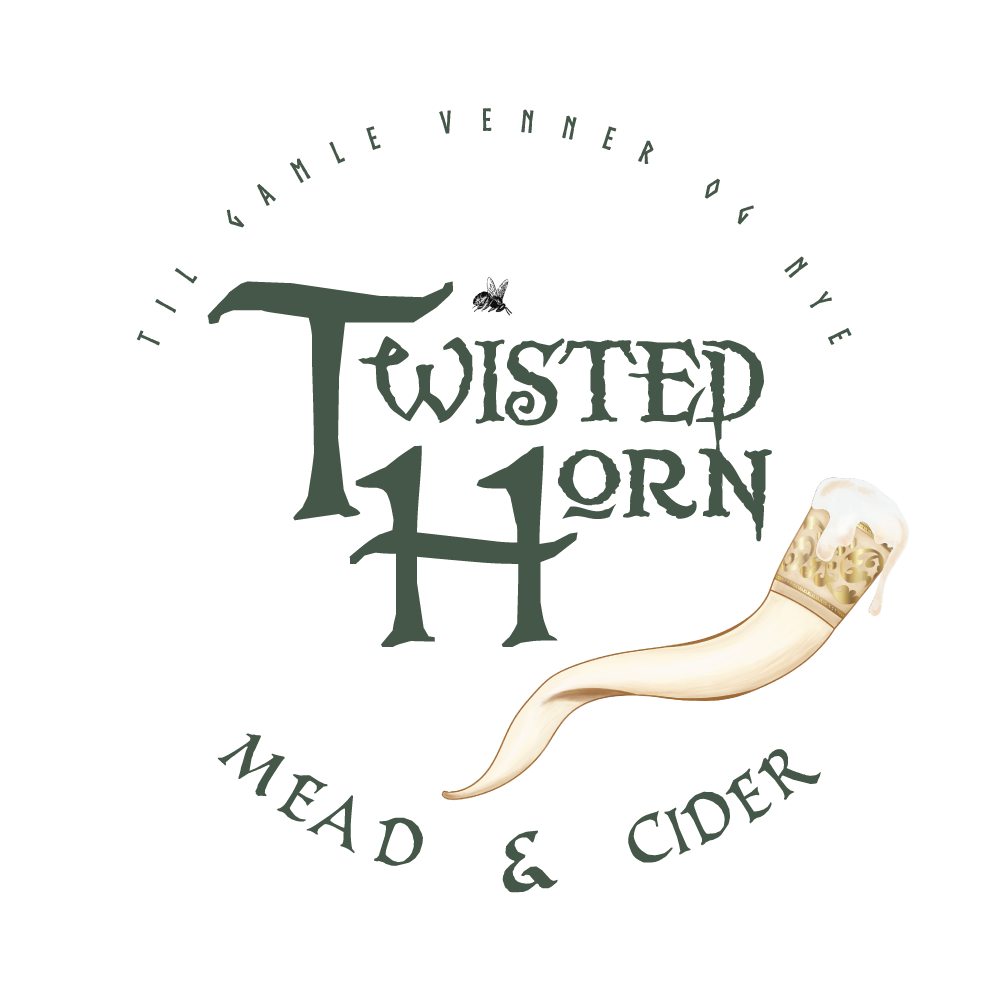Varietals aren't just for grapes.
It is a common misconception by the public that all honeys are the same; “it comes from bees so it must taste the same”, well nothing could be further from the truth.
Just like grapes, apples and so many other types of fruits, there are literally hundreds and hundreds of different varieties of honey and no two taste exactly the same. Some will exhibit more floral characteristics, others may have a stronger herbal quality, while others might even convey a musty barnyard smell and taste to the individual. There is orange blossom, star thistle, mountain sage, desert sage, western buckwheat, meadowfoam, Tupelo… the list goes on. But this is the beauty of it to folks like us, there is a never-ending cornucopia of possible flavors and aromatics that are at our disposal when making a mead.
But it doesn’t stop there, for example, you may taste an orange blossom honey that the bees made from a specific orange grove in Southern California in 2021 and then have another made in 2022 from the same grove and they may taste completely different. Why is this? Could be a number of things: was it a dry season or wet, was it a hot year or cool, was there “budbreak” or an abundance of blossoms, was there more natural forage in proximity to the groves…? All of these factors, and many more, will play a role in the in the final product and ultimately Mother Nature will dictate what will be coming your way.
So if you are ever scratching your head wondering why the mead you are having does not taste exactly the same way it did the last time you had it, just remember that it may not be your imagination, it simply might “bee” that the Earth works in mysterious ways. SKAL!!!

